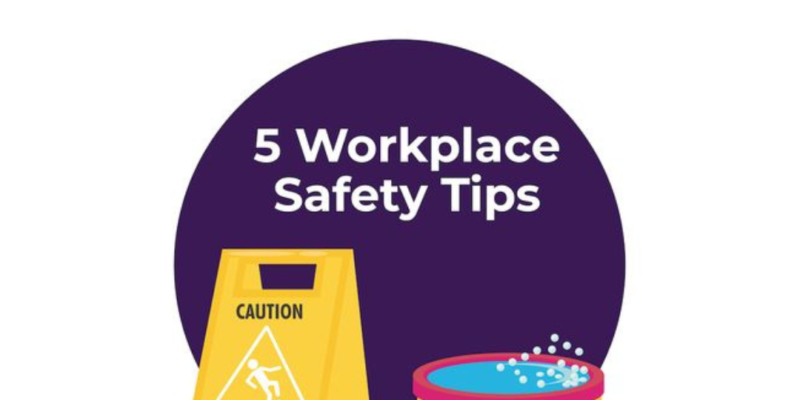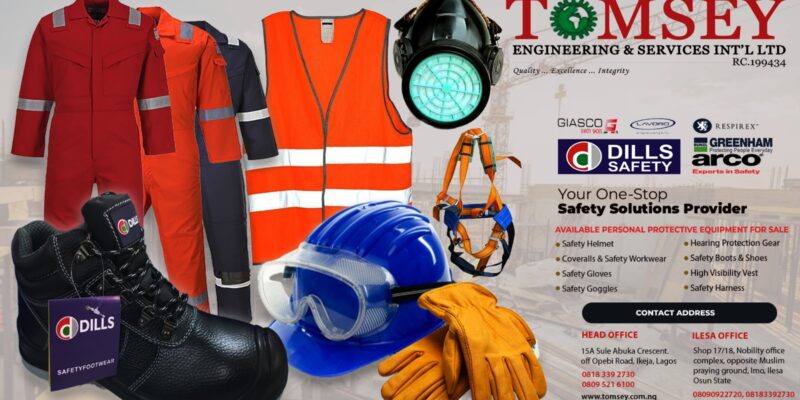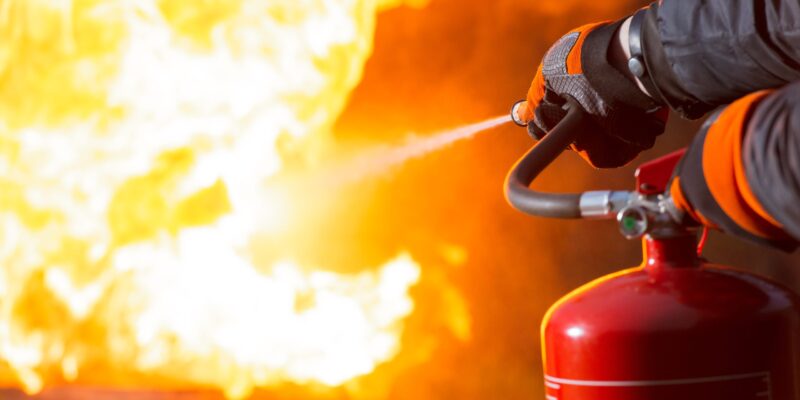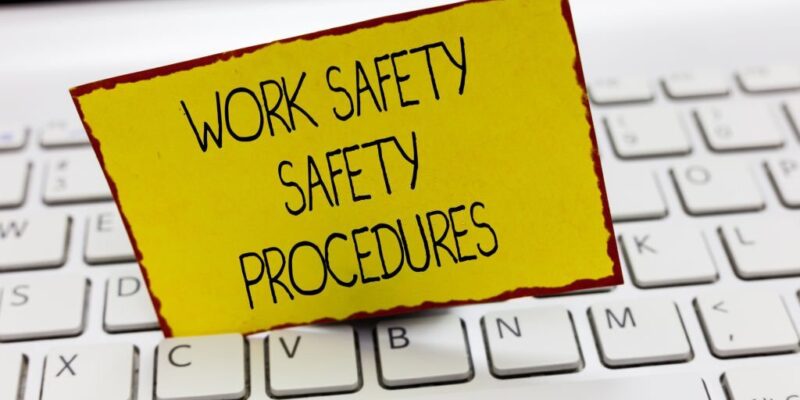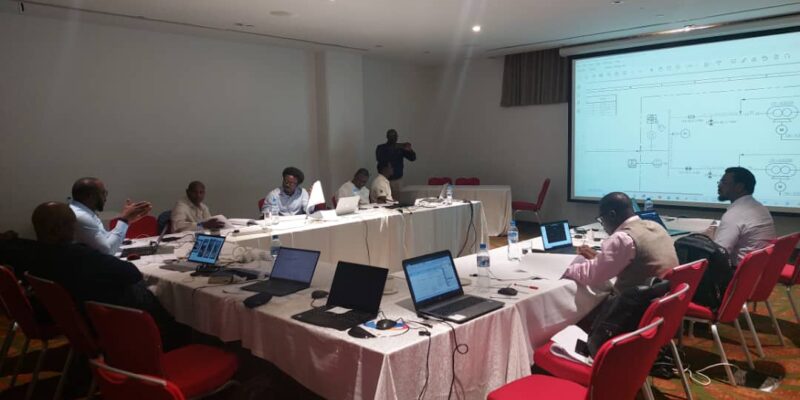In the pursuit of workplace safety, certain critical measures often go unnoticed amidst daily routines. Highlighting these overlooked safety tips within your team can significantly enhance the overall safety culture.
Ergonomic Awareness: Encouraging ergonomic practices might seem minor, but it’s crucial for long-term health. Remind employees about the importance of posture, taking regular breaks, and adjusting workstations to minimize strain. Simple adjustments, such as proper chair height or keyboard positioning, can prevent musculoskeletal issues and boost productivity.
Housekeeping Habits: A clutter-free workplace is a safer workplace. Encourage team members to maintain clean, organized work areas. Clutter can lead to tripping hazards and obstruct emergency paths. Implementing routine checks or guidelines for tidiness can significantly reduce the risk of accidents.
Mindful Communication: Effective communication is at the core of workplace safety. Miscommunication regarding procedures or hazards can result in serious incidents. Ensure that communication channels are clear, encourage open dialogue about safety concerns, and provide comprehensive training on protocols and emergency procedures. Active listening and feedback mechanisms also play a role in enhancing communication related to safety.
Emergency Equipment Checks: Regular inspection of emergency equipment often gets overlooked. Fire extinguishers, first aid kits, and emergency exits should be routinely checked for functionality and accessibility. Schedule regular maintenance or designated team members to ensure that these vital safety tools are always ready for use in case of an emergency.
Mental Health Support: Mental well-being significantly impacts overall safety. Overlooking mental health concerns may lead to distractions or impaired decision-making, which can pose safety risks. Encourage discussions about stress management, provide resources for mental health support, and foster a culture where employees feel comfortable seeking help when needed. Establishing employee assistance programs or mental health awareness initiatives can contribute to a more supportive work environment.
By emphasizing these often-forgotten safety aspects, your team can cultivate a more comprehensive safety mindset. Regular training, periodic reminders, and open discussions about these tips can significantly reduce workplace accidents and contribute to a safer, more secure work environment. Promoting a culture of safety awareness and proactivity ensures that these often overlooked safety measures become ingrained in daily routines.

